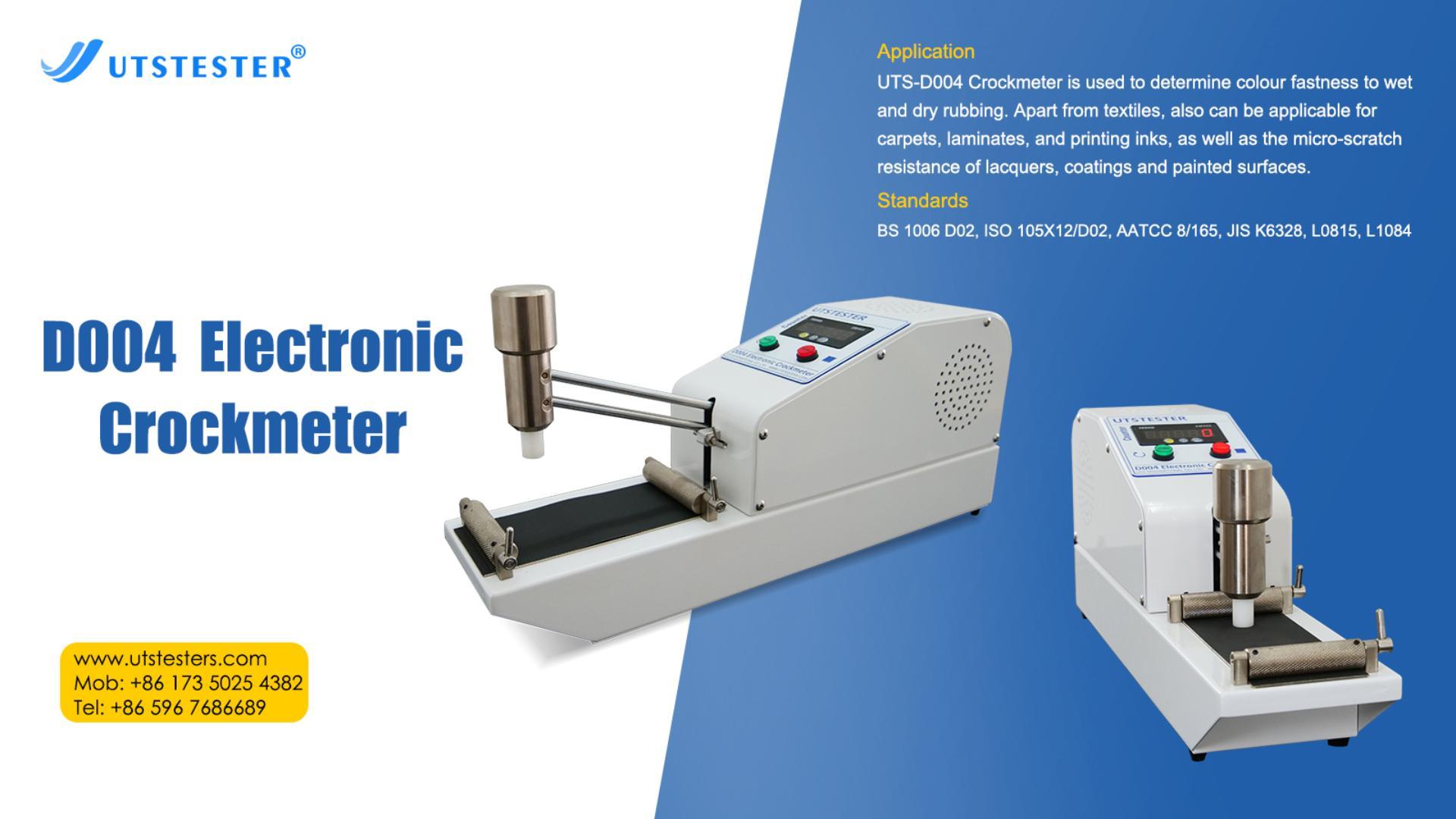Наиболее часто тестируемые свойства включают устойчивость к стирке, светостойкость, истиранию, потостойкость, устойчивость к глажке и устойчивость к климатическим воздействиям. На практике конкретные параметры тестирования определяются в зависимости от предполагаемого использования изделия и стандартов. Например, трикотажное нижнее белье тестируется на устойчивость к поту, а текстильные изделия для улицы (например, солнцезащитные тенты, ткани для рекламных щитов и навесов) – на устойчивость к климатическим воздействиям.
1.Устойчивость к солнечному свету
Текстильные изделия обычно подвергаются воздействию света во время использования, и световая энергия может разрушать красители, что приводит к хорошо известному явлению «выцветания», в результате которого цветные ткани меняют цвет — обычно становятся светлее или темнее — а в некоторых случаях и изменяют свой цветовой тон. Поэтому необходимо проводить испытания на устойчивость к солнечному свету. Испытание устойчивости к солнечному свету включает в себя воздействие солнечного света на образцы наряду с синими шерстяными тканями различной степени устойчивости в определённых условиях. Затем образцы сравнивают с синими шерстяными тканями для оценки их устойчивости к солнечному свету. Чем выше класс синей шерстяной ткани, тем она более светостойкая.
2.Устойчивость к стирке
Образец сшивается со стандартной подкладочной тканью, промывается, ополаскивается и сушится при соответствующей температуре, щелочности, отбеливании и трении для получения результатов испытаний в короткие сроки. Трение достигается прокаткой и ударом шариков из нержавеющей стали в ванне с малым соотношением растворов, а результаты оцениваются с помощью серой карты. Различные методы испытаний предполагают различные температуры, щелочность, отбеливание и трение, а также размеры образцов. Конкретный выбор следует осуществлять на основе стандартов испытаний и требований заказчика.
3. Стойкость цвета к истиранию
Поместите образец на прибор для испытания на стойкость к истиранию и потрите его стандартной тканью для трения под определенным давлением заданное количество раз. Каждая группа образцов должна пройти испытания на стойкость цвета при трении как в сухом, так и во влажном состоянии. Цвет, перенесённый на стандартную ткань для трения, оценивается по серой шкале, и полученная оценка представляет собой измеренную стойкость цвета при трении. Для испытания на стойкость цвета при трении необходимо провести испытания как в сухом, так и во влажном состоянии, при этом все цвета на образце должны быть подвергнуты трению.
4. Устойчивость цвета после химчистки
Аналогично стойкости цвета при стирке в воде, за исключением того, что стирка в воде заменяется сухой чисткой.
5. Стойкость цвета пятен пота
Пришейте образец к стандартной подкладочной ткани, обработайте его раствором для удаления пятен пота, зажмите в приборе для определения стойкости цвета, поместите в духовку при постоянной температуре, затем высушите и оцените его с помощью серой карты для получения результатов испытания. Различные методы испытания предполагают разные соотношения растворов для удаления пятен пота, разные размеры образцов, а также разные температуры и продолжительность испытания.
6. Стойкость цвета отбеливателя без хлора
Ткань стирают в условиях стирки без использования хлорного отбеливателя и оценивают степень изменения цвета, то есть стойкость цвета без использования хлорного отбеливателя.
7. Устойчивость цвета при прессовании
Накройте сухой образец хлопчатобумажной тканью-подложкой и поместите его в нагревательный прибор на определённое время при заданной температуре и давлении. Оцените изменение цвета образца и переход цвета на ткань-подложку, используя серую карту образцов. Существует три типа стойкости цвета при горячем прессовании: сухое прессование, влажное прессование и мокрое прессование. Конкретный метод испытания следует выбирать с учётом различных требований заказчика и стандартов испытаний.

Электронная почта:
hello@utstesters.com
Прямой звонок: + 86 152 6060 5085
Тел.: +86-596-7686689
Веб:
www.utstesters.com
 +86 152 6060 5085
+86 152 6060 5085





 English
English русский
русский español
español português
português










 hello@utstesters.com
hello@utstesters.com hello@utstesters.com
hello@utstesters.com +86 152 6060 5085
+86 152 6060 5085 +8615260605085
+8615260605085